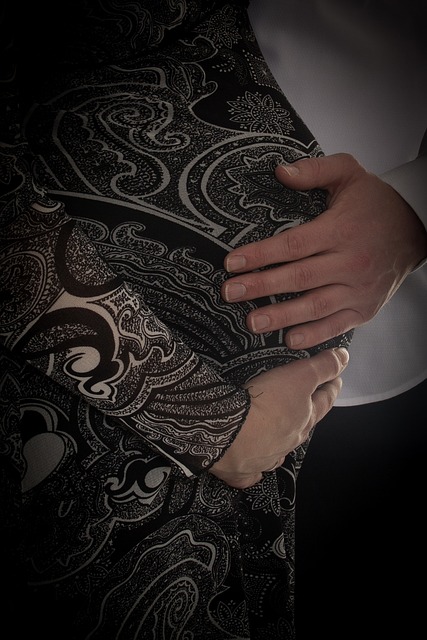Infertility has become a common health problem across the globe. IVF is one of the well-established fertility treatments that help to fulfill the dreams of many couples and individuals by providing the scope to become a parent. The invention of IVF had happened decades ago. But with time, new advancements in assisted reproductive technology make IVF a more successful fertility treatment.
Embryo transfer at the blastocyst stage of their development and the increasing trend of embryo freezing through fast-freeze technology of vitrification are the two emerging clinical trends in IVF practice. Clinical study reports found that the application of these two trendy modifications in IVF increases the cumulative live birth rate.
Blastocyst transfer in IVF
A blastocyst is the early development of an embryo that has been cultured for 5 to 6 days after retrieval from the ovary. The physiological impact after blastocyst transfer in IVF is quite similar to natural pregnancy. In this process, the implantation of the embryo is better in the uterus because the embryo is at the blastocyst stage. Currently, almost 75% of all embryo transfers in IVF take place at the blastocyst stage in Western countries.
The clinical trial result showed that the blastocyst transfers in the IVF treatment cycle have higher success rates than those with cleavage-stage transfers. Previously, cleavage-stage transfers were quite common and had been performed after 3 days of fertilization. Moreover, embryo development to the blastocyst stage in the lab offers the embryologist for better selection of embryos for uterine transfer.
Freezing
- Vitrification is a rapid freezing technology that contracts cells to a glass-like state in seconds. In the past few years, the invention of vitrification has become a revolutionized freezing technology. In vitrification technology, speedy freezing prevents the formation of ice crystals. Therefore, the chances of damaging the frozen cells during thawing are negligible. vitrification is not only helpful in freezing embryos but eggs can also be frozen now without damage and viability loss.
- Vitrified embryos have high survival rates after thawing for the same reason. Ovaries are stimulated with fertility hormones in the fresh cycle. However, some research results found that this practice could have a detrimental effect on implantation and the uterine environment. However, using a frozen-thawed embryo does not require ovarian stimulation through hormonal therapy. A vitrified embryo allows the transfer of a single embryo and reduces the risk of multiple pregnancies.
Apart from the above-mentioned new advancements, the inclusion of some other new technologies makes IVF a gold standard of infertility treatment and has reformed the field of infertility over the decades.
Time Lapse technology
The New Time-lapse technology captures thousands of digital images of embryos to assess their health. Application of this technology starts capturing digital images at the point of creation of the embryo and continues till uterine implantation. This helps doctors to identify healthy embryos (usually out of 3) in terms of development. Therefore, the risk of miscarriages can be minimized to ensure a live birth.
Time-lapse imaging technology has been installed in the incubator to capture images of the embryo to help IVF experts examine the morpho-kinetic growth of the embryo. The cell division is analyzed with certain time intervals to classify as a better implanting one. The IVF experts identify two out of three good-looking embryos that follow a timely division for uterine implantation. Thus, this technology helps to identify the best embryos to increase the chances of successful implantation.
Ovum pick-up (OPU)
Ovum pick-up is also known as transvaginal oocyte retrieval (TVOR). This is an advanced egg collection procedure from the ovaries. In this method, oocytes are retrieved from the ovaries of the donor female and then fertilized outside the body. The created embryo is then transferred to the womb. This allows for much larger fertilized embryos to be available for implantation in recipient bodies per IVF cycle.
Know more about: IVF cost in Delhi and treatment


